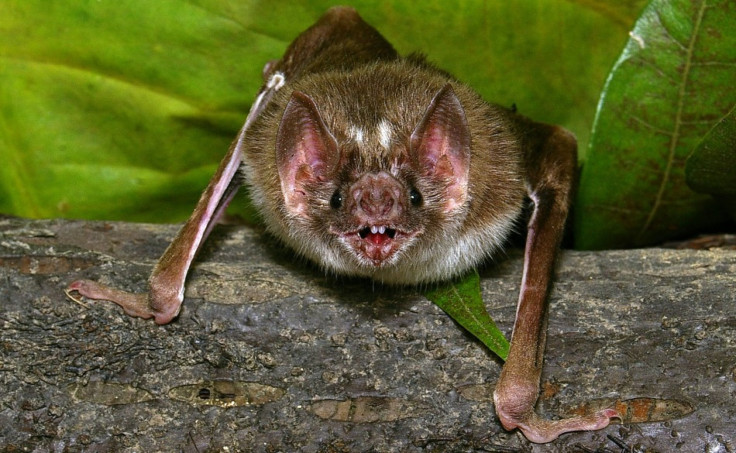Vampire Bat Virus Causes First Death in U.S., Officials Watch Closely

The death of a migrant farm worker in Mexico who was infected with rabies after being bitten by a vampire bat has been reported as the first case of its kind in the United States, according to the Centers for Disease Control and Prevention (CDC).
The 19-year-old victim was bitten on the heel of his foot by a vampire bat in Michoacan, Mexico on July 15, 2010, 10 days before he left to pick sugar cane at a plantation in Louisiana, Agence France-Presse reported.
On August 20, the young man was diagnosed with rabies virus, which was confirmed by testing, and then died the following day.
"This case represents the first reported human death from a vampire bat rabies virus variant in the United States," said the article published Thursday in the CDC's Morbidity and Mortality Weekly Report.
Vampire bats are currently limited to Latin America but they could move into the southern U.S. as a result of climate change, according to the CDC, AFP reported.
A study, published earlier this month, led by David Julius, a neurophysiologist, at the University of California's San Francisco campus discovered that unlike other variants of bats, this species of blood-sucking vampire bats does not track prey by producing a constant stream of high-pitched sounds and then analyzing the echoes.
According to CDC, the rabies virus causes progressive brain inflammation that is almost always fatal if treatment is not begun before the onset of symptoms.
"Vampire bats feed on blood, and it's useful for them to have an infrared detector to be able to find the circulation," said David Julius, the Morris Herzstein Chair in Molecular Biology and Medicine at UCSF, who led the research.
However, vampire bats are different: They don't fly, they run to any animal or unwary bird whose blood will sate their hunger, and they are uniquely far more specialized than other bats, according to Julius.
Researchers found out that the two nerve cells were anatomically different which implies that the vein-sensing cells convey separate information.
The results were published in Nature on Thursday and provided a detailed description of the study mechanism along with the findings. The research team noted that the specific type of heat detecting molecule that covered the upper lips of the vampire bats was TRPV1.
Since 2000, eight of the 32 human rabies cases reported in the United States were acquired from exposures abroad - two of them from Mexico.
The bats are reportedly restricted to Latin America.
CDC officials urged clinicians caring for patients with the virus, "acute progressive encephalitis," to highly consider rabies as a diagnosis and implement early infection control measures.
© Copyright IBTimes 2025. All rights reserved.





















